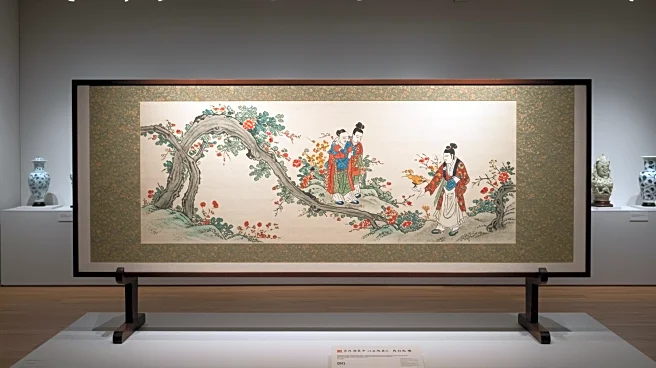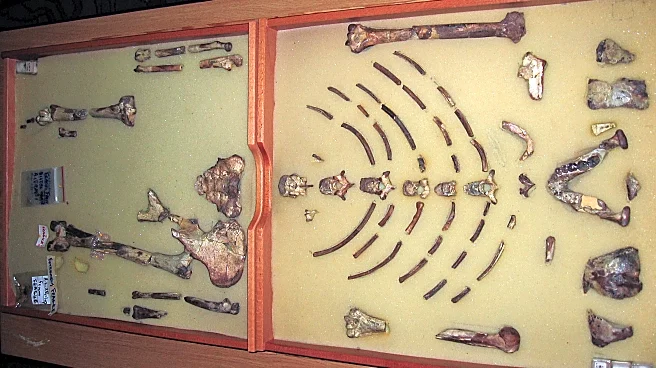Rapid Read • 9 min read
The private library of J.P. Morgan, a prominent figure of the Gilded Age, has been transformed into a public museum located in Manhattan. Originally commissioned in 1902 and completed in 1906, the library was intended to house Morgan's extensive collection of art, antiquities, books, and manuscripts. After Morgan's death in 1913, his son Jack Morgan converted the private library into a public institution, opening it to the public in 1924. The museum comprises three interconnected buildings, each with historical significance to the Morgan family. Visitors can explore Morgan's private study, library, and various temporary exhibits, including a current exhibit dedicated to Jane Austen. The museum offers a glimpse into the opulence and cultural interests of the Gilded Age, with features such as Renaissance-era stained glass and silk damask walls.
AD
The transformation of J.P. Morgan's private library into a public museum serves as a cultural and historical resource, providing insight into the Gilded Age and the legacy of one of America's most influential financiers. The museum not only preserves Morgan's vast collection but also offers educational opportunities through its exhibits and historical architecture. It highlights the importance of preserving historical artifacts and making them accessible to the public, fostering a deeper understanding of the cultural and economic history of the United States. The museum's existence underscores the role of philanthropy in cultural preservation and the impact of private collections on public education.
The Morgan Library and Museum continues to host temporary exhibits, such as the current Jane Austen exhibit, which runs through September. These exhibits provide ongoing opportunities for visitors to engage with different aspects of cultural history. The museum's role as a cultural institution may expand with future acquisitions and exhibits, further enriching its offerings. Additionally, the museum's status as a National Landmark ensures its preservation and continued operation as a historical site. Future developments may include renovations or expansions to accommodate growing visitor interest and enhance the museum experience.
The Morgan Library and Museum also serves as a testament to the complex social dynamics of the Gilded Age, including issues of wealth disparity and cultural patronage. The story of Belle da Costa Greene, the library's first librarian, adds a layer of social history, highlighting themes of race and identity during the era. Greene's role in managing Morgan's collection and her personal history of passing as white to avoid racial discrimination reflect broader societal challenges and the intersection of race and privilege in historical contexts.
AD
More Stories You Might Enjoy












